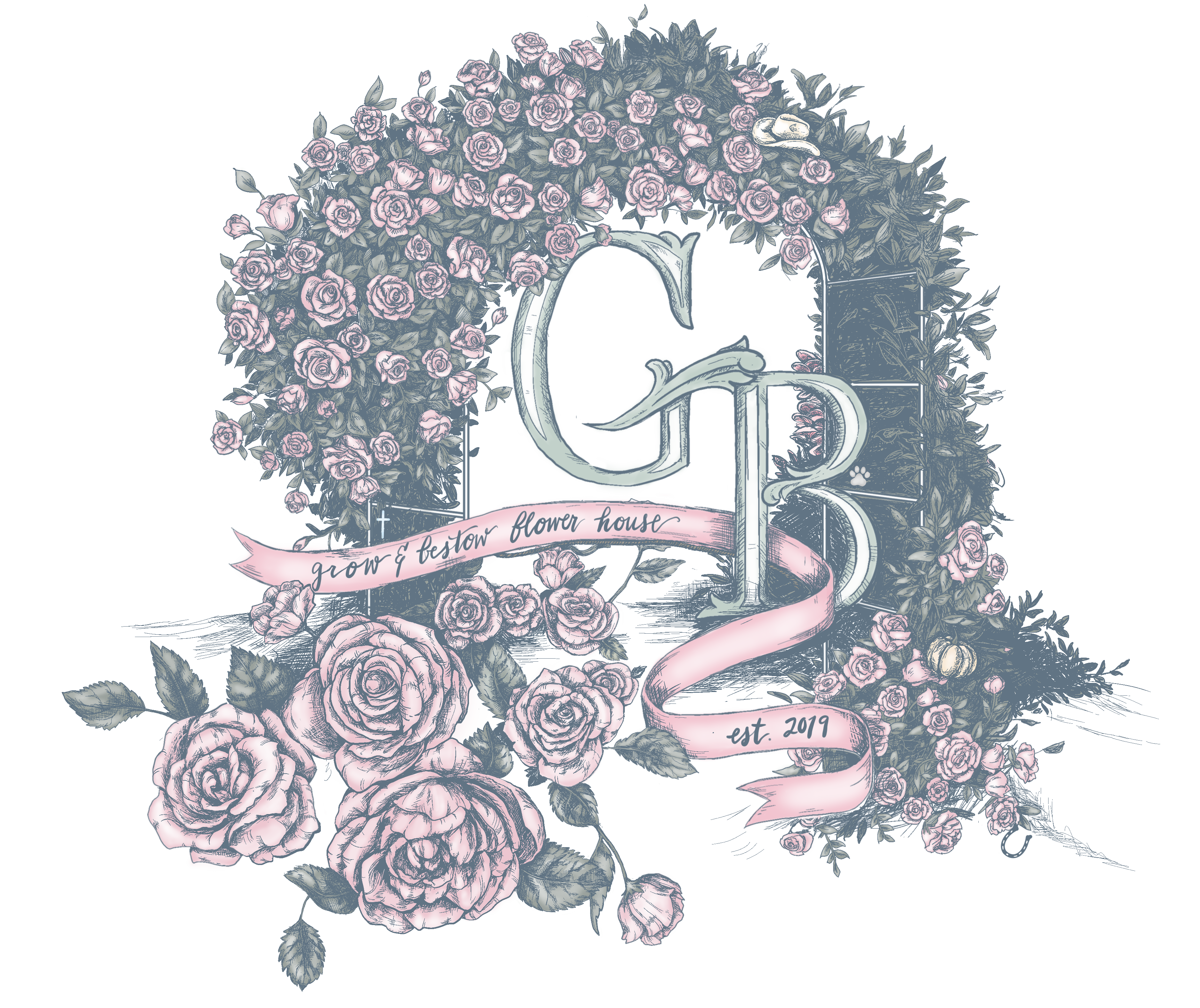When I decided to start our cut flower farm I knew I needed a dedicated space to start seeds as well as offer tender plants shelter from wind and freezing temperatures. I searched for two years for a greenhouse that checked all the must-haves on my list. When I came across Yoderbilt Greenhouses I immediately knew this was the company I wanted to go with.

What made us choose Yoderbilt
After years of researching greenhouse companies and talking to customer reps I can, without hesitation, say that the customer service you receive with Yoderbilt is unmatched. Weeks of reading reviews, joining the Yoderbilt Facebook group, and even reaching out to owners, didn’t reveal a single negative experience or review. In today’s world that is saying a lot! The entire process, from requesting a quote, to ordering, the build, scheduling delivery and setup was smooth.
I knew I wanted something that was functional for our needs, and a greenhouse that I could customize. Yoderbilt greenhouses are built to order, and the further I dived into researching these structures the more my choice to go with them became definite. Before looking at the optional features of Yoderbilt greenhouses I first noticed they had different stain options. One of those options, Yoder brown, closely matched all of our existing raised beds, and fence posts.


Electrical Package
I upgraded to a full electrical package, including an exhaust fan, lighting, and waterproof electrical outlets. Even in the winter the greenhouse would heat up quickly on a sunny day and air circulation is key with seedlings and plants, so the thermostat controlled exhaust fan was a no brainer. All Yoderbilt greenhouses come with an auto gable vent that is reactive to the temperature inside the greenhouse. The vent opens around 75 degrees. When the temperature drops, the loss of pressure in the hydraulic vent mechanism closes the vent. Vent can be seen below (right) near the peak of the structure.


Shelving
Built in shelving was another addition to my custom plans that I’m glad I didn’t skip. I added shelving that spans sixteen feet of the greenhouse on either side, perfect for seed trays. One side is used for starting seeds with humidity domes. When 70% of the seeds germinate, I then move the trays to the opposite shelf.



I place larger plants and pots on the floor. Even under the shelves, they get plenty of light without getting leggy thanks to the twin-wall polycarbonate diffusing the light.
Double Dutch Doors
The double dutch doors were probably the biggest selling point for two reasons. I opted for doors on both ends of the greenhouse. Being able to open them up to get a breeze through the greenhouse was another way to keep delicate seedlings from overheating in the Texas temps.
The ability to keep the bottom portion of the doors closed means our pack of fur babies can’t get inside and destroy anything. With the double dutch doors on both ends, I wasn’t sure if keeping heat in would be a problem in the winter so I also purchased solid double doors which are in storage, however, I haven’t seen a need for them thus far.
Farm Add-ons
Once the greenhouse was set up, a local electrician got it up and running with power.
After adding electricity, I added a porch on the north side of the greenhouse. TuffBlocks made it a relatively easy job.





It wouldn’t be a greenhouse without water. After adding spigots inside the greenhouse and on the porch it was ready for all the plants. The outdoor spigot supplies water to the beds that were later built on either side of the greenhouse, as well as water for Greenstalk towers located on the porch.


The first winter with the greenhouse was full of growing. The greenhouse is one of my favorite places on the farm and I have even taken a few afternoon naps surrounded by seedlings. It is the best place to enjoy a good book too.



